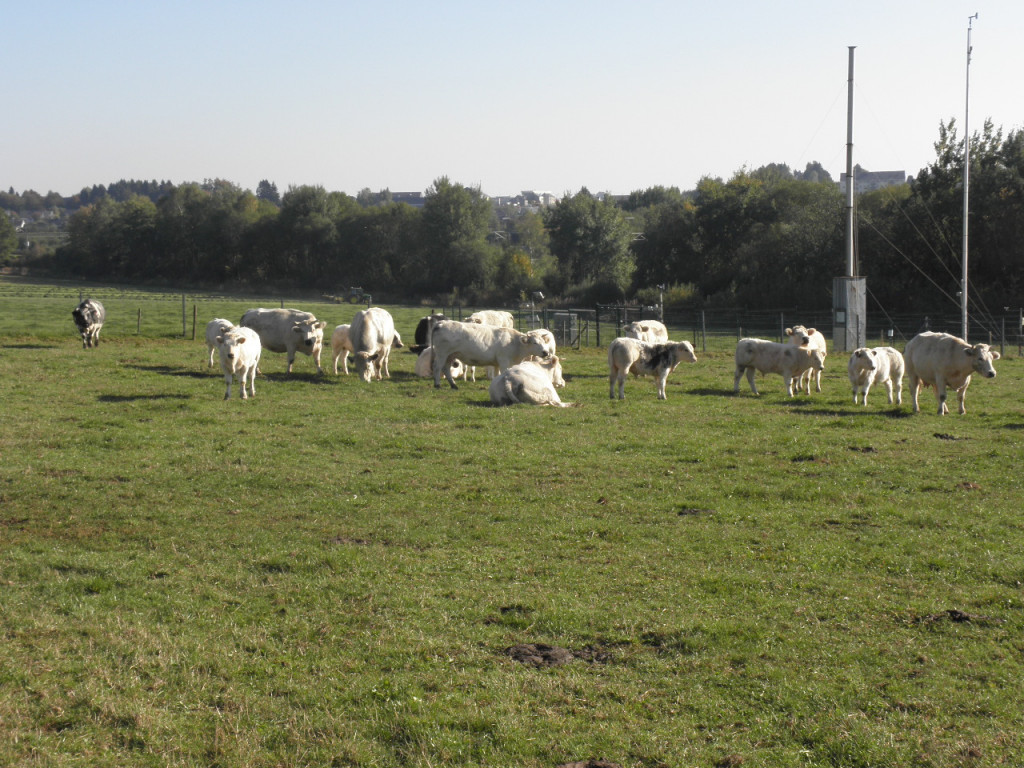Cattle productions, such as milk and meat, are especially important in Walloon agriculture, and have been for decades. But what will it be tomorrow or in twenty years from now? Cattle productions are going through difficult times all over the world. The increasing liberalization of international trade since the 1990s, as well as the abolition of the milk quota system, which guaranteed a minimum price for milk in limited quantities, has resulted in increased price volatility, which in turn causes great variability in breeders’ income. Epidemics regularly rage in the herds. In addition, consumers/citizens have new concerns: animal welfare, respect for the environment, the impact of the consumption of animal products on human health, the organoleptic quality of products, the preservation of landscapes, preservation of cultural heritage, biodiversity, social relations between breeders and citizens, etc. Movements are even appearing to advocate the reduction, or even the elimination of meat consumption.
In the face of so many questions, the future looks uncertain. Should productivity and the use of new technologies be further strengthened? Should the focus be on product quality? Favour forage autonomy, on-farm processing, the establishment of breeder cooperatives? To try to see things more clearly, the CRA-W, in close collaboration with the Walloon Institute for Evaluation, Planning and Statistics, is working on building a few contrasting scenarios that are possible by 2040, using strategic planning methods, based in particular on the experience of experts and stakeholders in the sector, in order to identify the key factors that will shape the future and their possible developments. These scenarios will help to enrich the thinking and guide the choices of economic actors such as breeders and processors, as well as policy makers.


